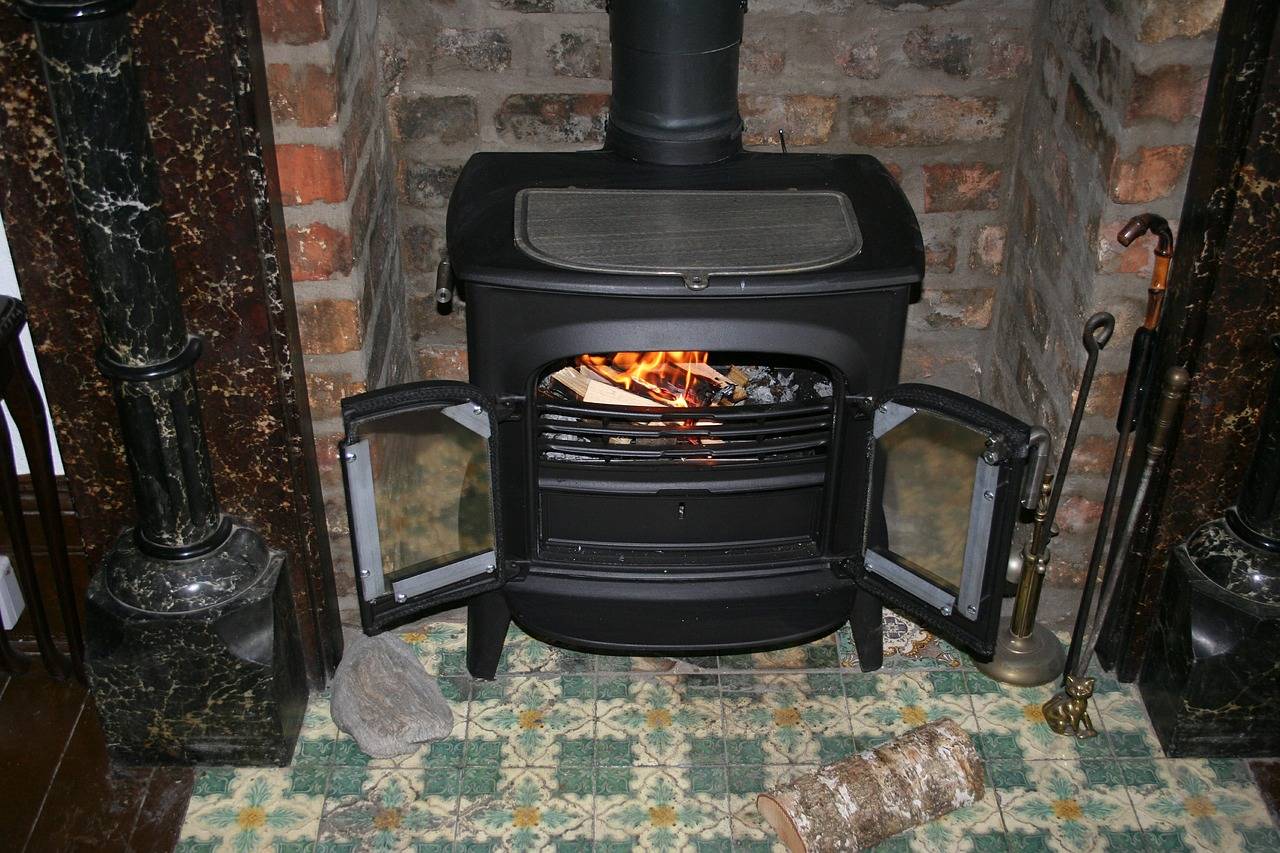The Evolution of Pellet Stoves and Wood Pellets
introduction
In the midst of The Great Depression, innovation often emerges as a beacon of hope. In Northern Idaho, during those trying times, a lumber mill devised a solution that would forever change the way we heat our homes. The creation of pellet stoves and the pellets that fuel them, not only offered a sustainable heating alternative but also paved the way for eco-friendly heating technologies. In this article, we'll embark on a journey through the evolution of pellet stoves and wood pellets, exploring the fascinating history and technological advancements of pellet stoves since the 1930's.
The birth of pellets
The year was 1930 when a lumber mill in Northern Idaho stumbled upon a revolutionary idea. Faced with an abundance of wood byproducts, they began compressing these scraps into logs measuring approximately 13 inches in length and 4 inches in diameter. These logs, which would later be known as pellets, burned cleaner, hotter, and longer than traditional firewood. Little did they know, this humble experiment would spark a remarkable transformation in home heating.

Wood burning stoves
Prior to the introduction of pellet stoves, wood-burning stoves that utilized wood scraps or sawdust had existed for centuries. However, as the availability of firewood dwindled over time, there was a growing need to explore alternative fuel sources. The early iterations of these stoves were limited in efficiency and sustainability, prompting a search for more innovative solutions.
The 1980s: A Turning Point
The turning point in the history of pellet stoves came in the 1980s when the first home-sized pellet stove hit the market. Its primary purpose was to provide a heating option that relied on renewable and recycled fuels. For homeowners who couldn't easily access firewood, pellet stoves offered a cost-effective alternative.
The evolution of pellets
The pellets that fueled these innovative stoves initially comprised a mixture of sawdust, wood byproducts, and wood chips. They differed significantly from the logs of the 1930s, resembling small, cylindrical pellets akin to rabbit food. However, as the demand for pellet stoves grew, so did the variety of available fuels. Today's pellet stoves can burn a diverse range of biomass fuels, including wood pellets, corn kernels, nutshells, small wood chips, waste paper pellets, grass pellets, hulled wheat, and even cherry pits. It's important to note that not all pellet stoves are compatible with every type of fuel, so selecting the right stove is crucial if you have a specific fuel preference.
Types of pellet stoves
Pellet stoves come in two primary forms: free-standing and inserts. Free-standing pellet stoves can be installed virtually anywhere, as long as they can be vented to an outside wall. Unlike traditional wood stoves, they don't require a flue or chimney. On the other hand, pellet stove inserts are designed to fit into existing fireplaces. Surrounds can be added to bridge the gap between the outside of the stove and the fireplace's inner wall.
Boost Your Compost
If you're into composting, pellet stove and wood stove ash can be a valuable addition to your compost pile. It helps balance the carbon-to-nitrogen ratio, which is essential for efficient decomposition. But remember, use ash in moderation, as too much can affect your compost's pH level.

Conclusion
The history of pellet stoves and pellets is a testament to human ingenuity and our ability to adapt to changing circumstances. From their humble beginnings during the Great Depression to the advanced, eco-friendly heating systems we have today, pellet stoves have come a long way. As our understanding of sustainability and renewable energy sources continues to evolve, it's likely that pellet stoves will play an increasingly significant role in our efforts to reduce carbon emissions and combat climate change. So, the next time you enjoy the cozy warmth of a pellet stove, remember the journey that brought this remarkable technology into your home.
For more information about recommended wood pellets Click here
For more information on pellet stoves Click Here
For more information on wood stoves Click Here
SHARING OUR KNOWLEDGE
We are committed not only to bringing you the best coffee we can find but also the best information about its health benefits



